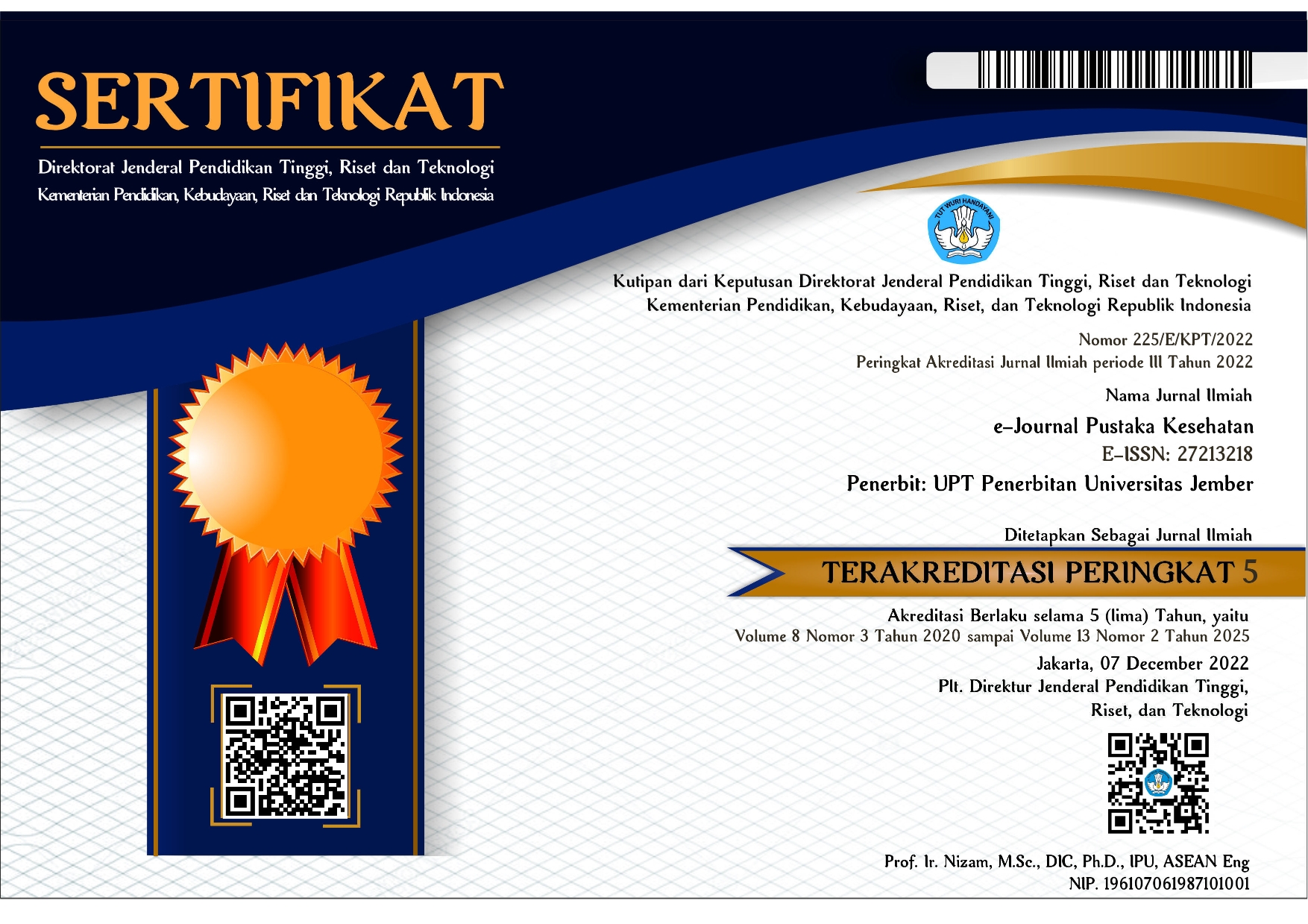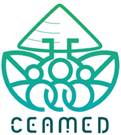Optimasi Asam Glikolat dan Asam Sitrat dalam Krim Tabir Surya Kombinasi Titanium Dioksida, Avobenzone dan Octyl Methoxycinnamate
DOI:
https://doi.org/10.19184/pk.v8i3.12266Keywords:
sunscreen, SPF, glycolic acid, citric acidAbstract
Ultraviolet (UV) radiation is the main cause of sunburn and skin cancer. The adverse effects of UV radiation are solved by sunscreen as protection for longer outdoors. In this study, optimization of glycolic acid and citric acid in sunscreen cream combination of titanium dioxide, avobenzone, and octyl methoxycinnamate were investigated using simplex lattice design method. The sunscreen cream evaluation includes physicochemical testing (organoleptic, homogeneity, emulsion type, spreadability, viscosity, and pH) and sunscreen effectiveness (SPF, % erythema transmission, and % pigmentation transmission). The value of physicochemical testing are 5,96 cm - 6,3 cm of spreadability testing; 83,33 dPa.s – 108,33 dPa.s of viscosity testing; 4,06 – 4,67 of pH testing. The value of sunscreen effectiveness are 9,79 – 13,35 of SPF testing; 4,55x10-06 - 0,15x10-06% of % erythema transmission; 5,77 – 7,16 % of % pigmentation transmission. The optimum formula was obtained by combining glycolic acid 2% and citric acid 0% with a desirability value of 0,649.
Downloads
References
[2] Ekowati, D. dan I. Rhizky Hanifah. 2016. Potensi tongkol jagung ( zea mays l.) sebagai sunscreen dalam sediaan hand body lotion. Jurnal Ilmiah Manuntung. 2(2):198–207.
[3] Rejeki, S., dan Wahyuningsih, S. S. 2015. Formulasi Gel Tabir Surya Minyak Nyamplung (Tamanu Oil) Dan Uji Nilai Spf Secara In Vitro. University Research Colloquium, 97-103.
[4] Serpone, N., A. Salinaro, A. V. Emeline, S. Horikoshi, H. Hidaka, dan J. Zhao. 2002. An in vitro systematic spectroscopic examination of the photostabilities of a random set of commercial sunscreen lotions and their chemical uvb/uva active agents. Photochemical and Photobiological Sciences. 1(12):970–981.
[5] Gilbert, E., F. Pirot, V. Bertholle, L. Roussel, F. Falson, dan K. Padois. 2013. Commonly used uv filter toxicity on biological functions: review of last decade studies. International Journal of Cosmetic Science. 35(3):208–219.
[6] Palm, M. D. dan M. N. O’Donoghue. 2007. Update on photoprotection. Actas Dermo-Sifiliograficas. 101(8):659–672.
[7] Van Scott, E. J., C. M. Ditre, dan R. J. Yu. 1996. Alpha-hydroxyacids in the treatment of signs of photoaging. Clinics in Dermatology. 14(2):217–226.
[8] Tang, S. C. dan J. H. Yang. 2018. Dual effects of alpha-hydroxy acids on the skin. Molecules. 23(4):1–12.
[9] Tung, R. C., W. F. Bergfeld, A. T. Vidimos, dan B. K. Remzi. 2000. α-hydroxy acid-based cosmetic procedures: guidelines for patient management. American Journal of Clinical Dermatology. 1(2):81–88.
[10] Green, B. A., Yu, R. J., & Van Scott, E. J. 2009. Clinical and cosmeceutical uses of hydroxyacids. Clinics in Dermatology. 27(5): 495–501.
[11] Susanti dan Kusmiyarsih. 2012. Formulasi dan uji stabilitas krim ekstrak etanolik daun bayam dusri (amaranthus spinosus l.). Jurnal Biomedika. 5(1):1–12.
[12] Martin, A., Swarbrick, J., dan Cammarata, A. 1993. Farmasi Fisik. Edisi Ketiga. Jilid 2. Jarkarta: Universitas Indonesia Press.
[13] Barel, A., Paye, M., dan Maibach, H. 2006. Handbook of Cosmetic Science and Technology, Second Edition. New York: Marcel Dekker, Inc.
[14] Sudarsono, M. L. 2017. Optimasi Titanium Dioksida dan Zink Oksida Sebagai Physical Blocker dalam Krim Tabir Surya Kombinasi Benzophenon-3 dan Octyl Methoxycinnamate. Skripsi. Jember: Fakultas Farmasi Universitas Jember.
[15] Harry, R.G. 1982. Harry’s Cosmeticology. Seventh edition. London: Leonard Hill Book.
[16] Soeratri, W., N. Ifansyah, dan F. F. Unair. 2005. Penentuan persentase transmisi eritema dan pigmentasi beberapa minyak atsiri. Berk. Penel. Hayati. 10:117–121.
[17] Athiyah, M., Ahmad, I., dan Rijai, L. 2015. Aktivitas tabir surya ekstrak akar Bandotan (Ageratum conysoides L.). Jurnal Sains Dan Kesehatan, 1(4), 181–187.
[18] Shaath, N.A. 1990. The Chemistry Of Sunscreens. In: N.J. Lowe and N.A. Shaath (Eds). Sunscreen: Development, Evaluatiom, and Regulatory Aspects. New York: Marcel Dekker, Inc.
Downloads
Published
Issue
Section
License
e-Journal Pustaka Kesehatan has CC-BY-SA or an equivalent license as the optimal license for the publication, distribution, use, and reuse of scholarly work. Authors who publish with this journal retain copyright and grant the journal right of first publication with the work simultaneously licensed under a Creative Commons Attribution-ShareAlike 4.0 International License that allows others to share the work with an acknowledgment of the work's authorship and initial publication in this journal.







